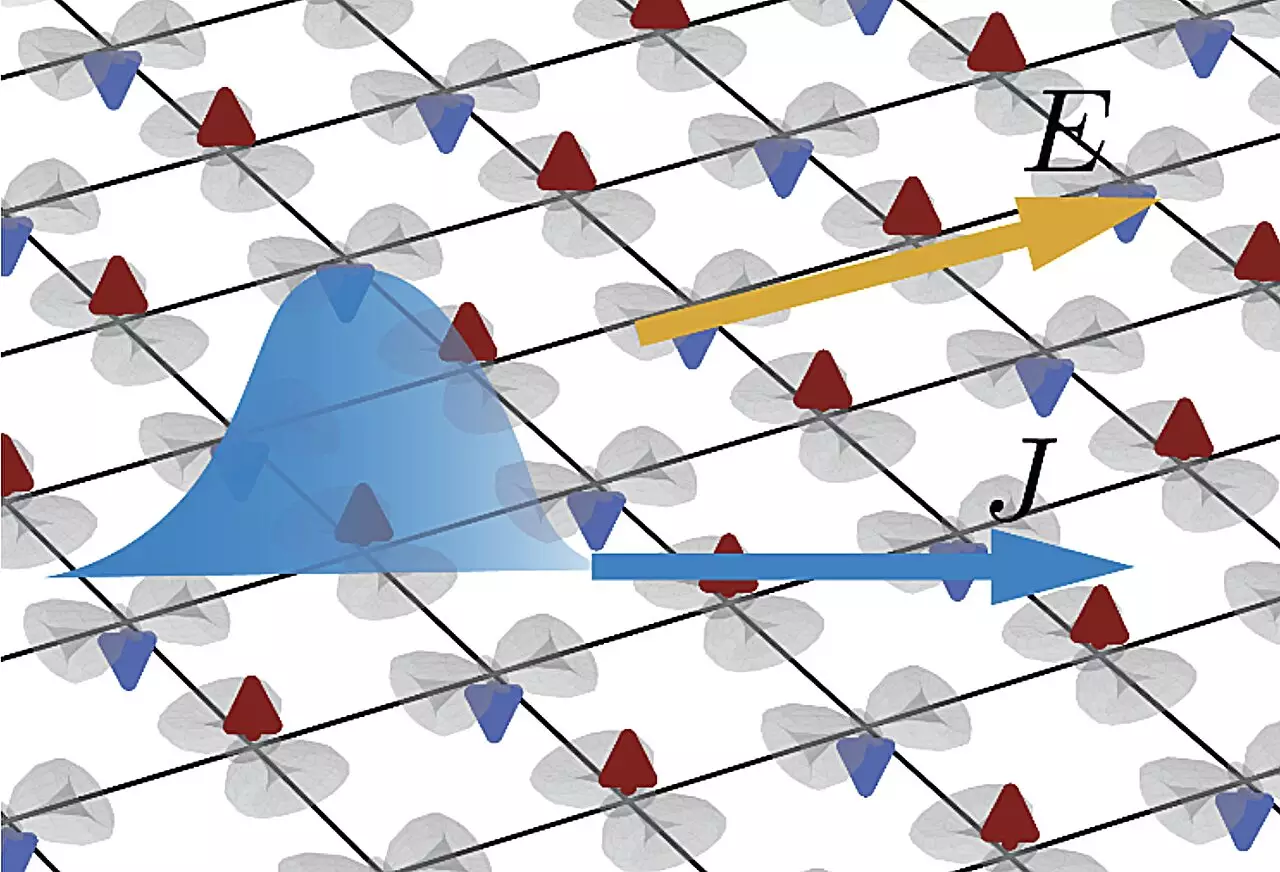In the field of condensed matter physics, the unveiling of altermagnets marks a significant milestone. This newly identified class of magnetic materials has attracted the attention of researchers due to its extraordinary magnetic properties that stand out from traditional ferromagnets and antiferromagnets. Altermagnets exhibit a distinctive phenomenon wherein the spin of electrons is dependent on their momentum. This characteristic not only differentiates them from conventional materials but also positions them as potential game-changers in the realm of spintronics—an area of research focused on exploiting the intrinsic spin of electrons for enhanced computing capabilities.
The exploration of altermagnets is not merely an esoteric pursuit but has far-reaching implications for the development of next-generation electronic devices. Their unique magnetic properties render them suitable for applications designed to harness quantum mechanical behaviors, which could eventually lead to advancements in quantum computing and high-efficiency electronic systems.
An essential component of the recent studies on altermagnets comes from their unusual quantum geometric properties. Researchers, especially at institutions like Stony Brook University, are delving into nonlinear responses exhibited by these materials derived from their quantum geometry—a concept that describes how the underlying fabric of the material’s electronic structure influences its physical responses.
In a groundbreaking paper published in *Physical Review Letters*, the research team examined these nonlinear responses and highlighted a critical finding: altermagnets do not possess the combined parity (P) and time-reversal (T) symmetry seen in conventional materials. This lack of symmetry provides a fresh lens through which the influence of quantum geometry becomes evident. Co-author Sayed Ali Akbar Ghorashi noted that the significance of this fundamental difference opens new avenues for understanding the physical phenomena in altermagnets, which could have profound implications in technology and materials science.
The research team initially approached the nonlinear response of altermagnets with a comprehensive methodology, deploying semiclassical Boltzmann theory. Their focus was on dissecting the various contributions to the nonlinear response across different orders of electric field. By meticulously analyzing scattering time, they unveiled the fundamental connections between quantum geometry and the resulting physical effects.
What emerged from their efforts was startling: altermagnets presented a vanishing second-order response due to their inversion symmetry. As a result, the third-order response became the focal point of their research. Ghorashi emphasized the significance of this finding, asserting altermagnets as the first class of materials where this particular nonlinear response dominates, challenging prevailing assumptions in the field.
The revelations from this study bear implications that extend well beyond mere academic interest. The unexpected observations associated with the nonlinear transport characteristics of altermagnets reveal a vast potential for future experimental investigations. By understanding how quantum geometry influences the behavior of these materials, researchers can inspire novel applications in electronics and materials technology.
Ghorashi highlighted the team’s intention to further explore disorder effects in altermagnets, a direction that has the potential to enrich the already intricate understanding of their physical phenomena. The comparison with PT-symmetric antiferromagnets illustrates the need for a more nuanced exploration of disorder effects, which could reveal additional properties that were previously obscured.
The unfolding story of altermagnets heralds an exciting chapter in materials science. As researchers continue to unravel these materials’ unique properties and their connection to quantum geometry, the potential applications in next-generation spintronic devices could revolutionize technology as we know it. The ability to manipulate and harness the unique traits of altermagnets could open doors to innovative solutions in electronics, paving the way for advancements that were previously deemed unattainable.
As we look forward to further explorations, it is clear that the landscape of magnetic materials is evolving, and altermagnets may well play a pivotal role in this transformation, leading to not only theoretical advancements but also practical applications that harness the power of quantum mechanics in real-world scenarios.

